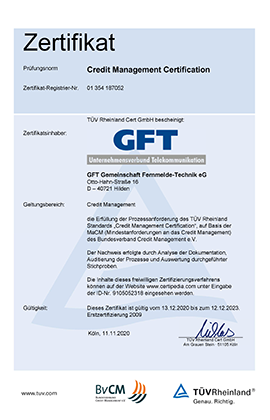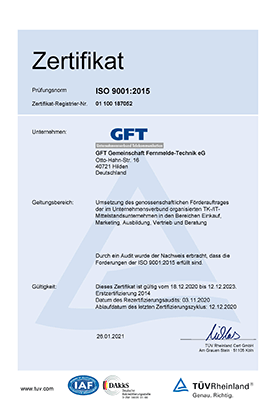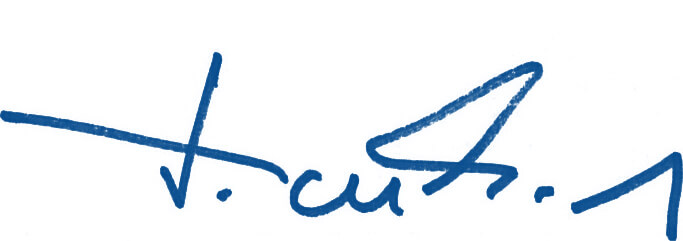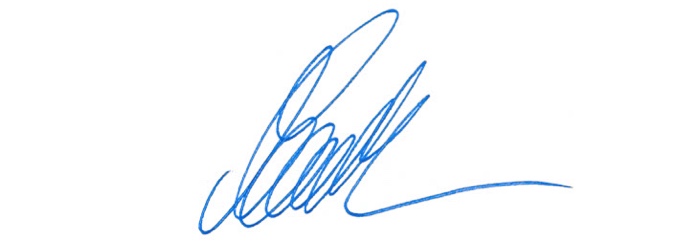forecast, risk and opportunity-report
Forecast Report
National Economic Framework Conditions
The economic development in the countries where GFT is currently active is not as pessimistic in February 2023 as it was in autumn 2022. Although economic growth in Germany will weaken in 2023, it will remain significantly below original expectations. The economy in the Netherlands is also proving to be relatively robust: As the "model country" of the eurozone, the three indicators GDP, unemployment rate and inflation rate are clearly above the projections for the eurozone and Germany.
| GDP growth (real, in %) |
Unemployment rate (in %) |
Inflation (VPI in %) |
|||||||
| Forecast 2023 |
2022 | 2021 | Forecast 2023 |
2022 | 2021 | Forecast 2023 |
2022 | 2021 | |
| Eurozone | 0,0 | 3,3 | 5,3 | 6,5 | 6,2 | 7,0 | 8,5 | 9,2 | 2,6 |
| Germany | -0,1 | 1,8 | 2,6 | 3,5 | 3,1 | 3,6 | 7,5 | 8,6 | 3,2 |
| Austria | 0,3 | 4,8 | 4,6 | 6,4 | 6,3 | 8,0 | 6,5 | 8,5 | 2,8 |
| Netherlands | 0,6 | 4,6 | 4,9 | 4,3 | 3,7 | 4,2 | 4,2 | 11,6 | 2,8 |
Source: IfO-Institut; Bank Austria; WIFO Österreich; Eurostat; GTAI (Status: January 2023)
Slightly optimistic economic outlook for 2023.
While Austria's economic growth was still very strong at 4.8% in 2022, it will only be slightly positive at 0.3% in 2023. The Austrian labour market is characterised by a persistent labour shortage. Therefore, despite the mild recession at the turn of the year, the unemployment rate is expected to rise only slightly to 6.4 % in 2023. Inflation is also expected to slow down to 6.5% in 2023 due to declining commodity and energy prices.
GFT has a quality management system in accordance with DIN ISO 9001:2015.
Risk Report
Description of the Risk Management System
GFT has a holistic IT-supported risk management system, with the help of which risks are recorded, documented, aggregated and analysed. Risk inventories are carried out at regular intervals, whereby risks are identified, described and evaluated. In this way, the necessary measures to avert potential damage to GFT can be initiated at an early stage.
All risks are assigned to specific areas based on their origin in the so-called risk inventory. In this way, market, financial, political or legal, technical and organisational risks are differentiated. When identifying and evaluating risks, the focus is on the stable earnings and asset situation and the financial independence of GFT, which can be influenced by both internal and external factors.
The risk management system is supported by a quality management system (QMS) documented in writing in accordance with DIN EN ISO 9001:2015. GFT's risk management system is unchanged compared to the previous year.
Risks of Future Development
A report on all risks and the corresponding countermeasures is prepared once a year and presented to the executive bodies in the event of significant risk deviations. In November 2022, GFT was recertified by TÜV Rheinland Cert GmbH, Cologne, following an interim audit, confirming that the established quality management system is being properly applied.
In addition to the requirements of the "Credit Management Certification" standard based on the Minimum Requirements for Credit Management (MaCM) of the German Federal Association of Credit Management e. V., this is based on the GFT Credit Guideline. The basis for this, in addition to the requirements of the "Credit Management Certification" standard based on the minimum requirements for credit management (MaCM) of the Bundesverband Credit Management e. V., is the GFT credit guideline with statements on customer master data, credit assessment and monitoring, credit limit and monitoring, collateral for receivables, payment transactions and conditions, dunning and delivery blocking as well as the collection of receivables.
Independent of the risk management system, the promotion and demand of a high level of quality and risk awareness on the part of all GFT employees minimises the occurrence of internal risks. Binding process instructions and guidelines that exist in all relevant company divisions are helpful in this regard. In addition, there are insurance policies with standard market coverage and deductibles, including against natural hazards and liability damage. No property insurance policies are taken out for everyday operational risks in order to promote the cooperation of all process participants in loss prevention.
To minimise legal risks, external lawyers are involved in all major legal transactions. If necessary, additional lawyers specialised in the respective field of law are consulted. If contractual or litigation risks are identified, provisions are made in sufficient amounts. GFT's performance is also maintained in the event of negative external influences, as these risks which cannot be directly influenced - for example, through negative legal or political developments in the market environment - are also constantly monitored. If necessary, corresponding scenarios and catalogues of measures are developed.
The del credere commitment for our members vis-à-vis our contractual suppliers results in a significant risk of bad debt losses, which is reinsured by credit insurance. A comprehensive accounts receivable and accounts payable management system has been set up to minimize the risk. To reduce the risk of default, the creditworthiness of the business partners is checked and the open accounts receivable are closely and continuously monitored. In individual cases, additional collateral is agreed to limit the risk. Potential default risks are taken into account by setting up value adjustments.


Credit Management Certificates of GFT
General Statement on the Risk Situation
The main risks continue to be gross profit risks such as a declining trade margin, deterioration in purchasing conditions and the latent risk of bad debt losses due to rising insolvency rates.
Due to the stable growth of our members at home and abroad, we see ourselves well positioned for the future. In addition to their traditional business areas, our members are also growing into new business areas around advanced building technology. On the other hand, we are noticing that in the ICT sector, the IT segment is increasingly becoming another important component where GFT will have to offer solutions in the future. Here we see interesting starting points for GFT to successfully accompany our members on this growth path by taking on new suppliers in further business fields.
Based on the planning and in knowledge of the forecasts presented, the Executive Board does not expect any serious risks with regard to the company's development. There is no permanent impairment of the asset, financial and earnings situation of GFT eG due to individual risks or their interactions. However, the key interest rate development of the European Central Bank must be observed, which will worsen the refinancing situation for 2023.
Our goal for the current year is to bring the total distribution back to at least the average level of previous years in absolute terms. However, this presupposes that our member companies continue to succeed in concentrating their revenue on GFT and that the economic slowdown in the markets where GFT is active is not as severe as many economic research institutes feared in autumn 2022.
Based on current knowledge, we expect a slight increase in revenue and a significant increase in the total distribution for 2023, while the forecast remains highly uncertain.
Gratitude for Commitment and Solidarity
After a challenging year, which was again marked by the pandemic, it is now our turn to say thank you. We thank our members for the good cooperation and for their trust.
We would also like to extend this thanks to our staff. They, too, have shown unprecedented commitment. In the past business year, many of them committed themselves for weeks or even months beyond their normal workload and put in extra hours. We know that this cannot be taken for granted.
The Executive Board
Hilden, March of 2023

Dr. Stefan Touchard CFO

Dr. Birger T. Aasland
CSO
Advanced building technology will gain in importance in the future.
ECB's key interest rate policy challenging for business model.

